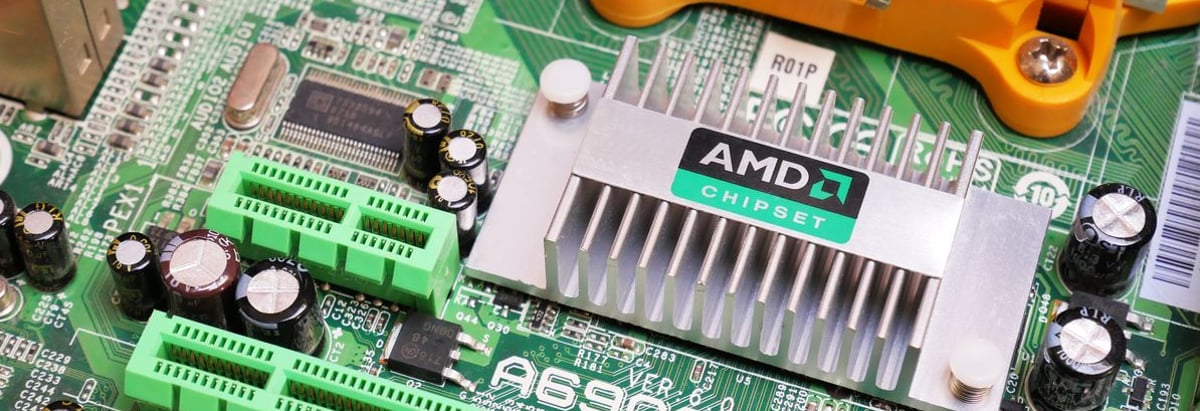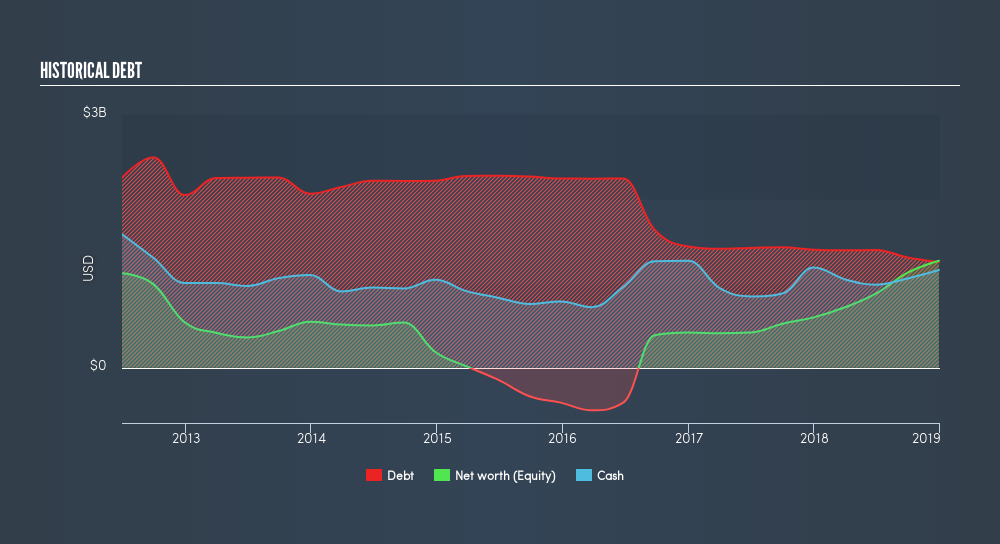- United States
- /
- Semiconductors
- /
- NasdaqGS:AMD
Are Advanced Micro Devices, Inc.'s (NASDAQ:AMD) Interest Costs Too High?

Investors pursuing a solid, dependable stock investment can often be led to Advanced Micro Devices, Inc. (NASDAQ:AMD), a large-cap worth US$30b. Market participants who are conscious of risk tend to search for large firms, attracted by the prospect of varied revenue sources and strong returns on capital. But, the key to extending previous success is in the health of the company’s financials. This article will examine Advanced Micro Devices’s financial liquidity and debt levels to get an idea of whether the company can deal with cyclical downturns and maintain funds to accommodate strategic spending for future growth. Remember this is a very top-level look that focuses exclusively on financial health, so I recommend a deeper analysis into AMD here.
Check out our latest analysis for Advanced Micro Devices
Does AMD Produce Much Cash Relative To Its Debt?
AMD has shrunk its total debt levels in the last twelve months, from US$1.4b to US$1.3b – this includes long-term debt. With this debt payback, the current cash and short-term investment levels stands at US$1.2b to keep the business going. Moreover, AMD has produced US$34m in operating cash flow during the same period of time, leading to an operating cash to total debt ratio of 2.7%, signalling that AMD’s debt is not covered by operating cash.
Can AMD meet its short-term obligations with the cash in hand?
At the current liabilities level of US$2.0b, it seems that the business has maintained a safe level of current assets to meet its obligations, with the current ratio last standing at 1.78x. The current ratio is calculated by dividing current assets by current liabilities. For Semiconductor companies, this ratio is within a sensible range since there is a bit of a cash buffer without leaving too much capital in a low-return environment.

Can AMD service its debt comfortably?
With debt reaching 99% of equity, AMD may be thought of as relatively highly levered. This isn’t surprising for large-caps, as equity can often be more expensive to issue than debt, plus interest payments are tax deductible. Consequently, larger-cap organisations tend to enjoy lower cost of capital as a result of easily attained financing, providing an advantage over smaller companies. We can test if AMD’s debt levels are sustainable by measuring interest payments against earnings of a company. As a rule of thumb, a company should have earnings before interest and tax (EBIT) of at least three times the size of net interest. In AMD's case, the ratio of 4.82x suggests that interest is well-covered. Large-cap investments like AMD are often believed to be a safe investment due to their ability to pump out ample earnings multiple times its interest payments.
Next Steps:
AMD’s debt and cash flow levels indicate room for improvement. Its cash flow coverage of less than a quarter of debt means that operating efficiency could be an issue. However, the company exhibits proper management of current assets and upcoming liabilities. This is only a rough assessment of financial health, and I'm sure AMD has company-specific issues impacting its capital structure decisions. You should continue to research Advanced Micro Devices to get a better picture of the stock by looking at:
- Future Outlook: What are well-informed industry analysts predicting for AMD’s future growth? Take a look at our free research report of analyst consensus for AMD’s outlook.
- Valuation: What is AMD worth today? Is the stock undervalued, even when its growth outlook is factored into its intrinsic value? The intrinsic value infographic in our free research report helps visualize whether AMD is currently mispriced by the market.
- Other High-Performing Stocks: Are there other stocks that provide better prospects with proven track records? Explore our free list of these great stocks here.
We aim to bring you long-term focused research analysis driven by fundamental data. Note that our analysis may not factor in the latest price-sensitive company announcements or qualitative material.
If you spot an error that warrants correction, please contact the editor at editorial-team@simplywallst.com. This article by Simply Wall St is general in nature. It does not constitute a recommendation to buy or sell any stock, and does not take account of your objectives, or your financial situation. Simply Wall St has no position in the stocks mentioned. Thank you for reading.
About NasdaqGS:AMD
Flawless balance sheet with reasonable growth potential.
Similar Companies
Market Insights
Community Narratives



